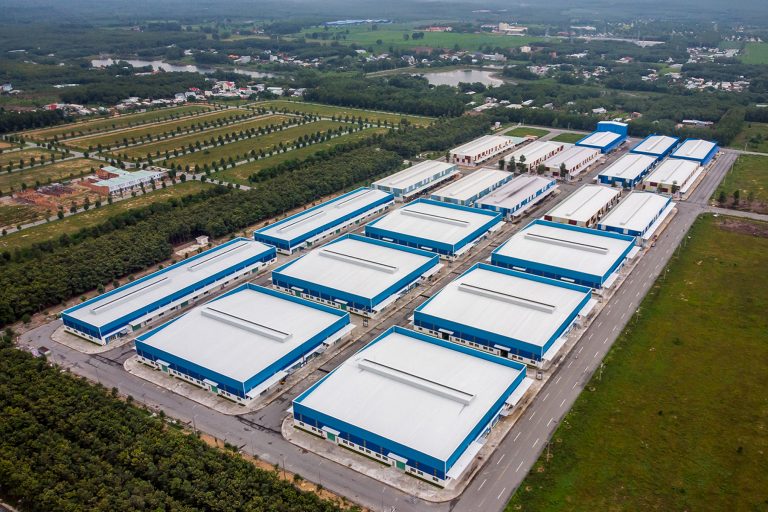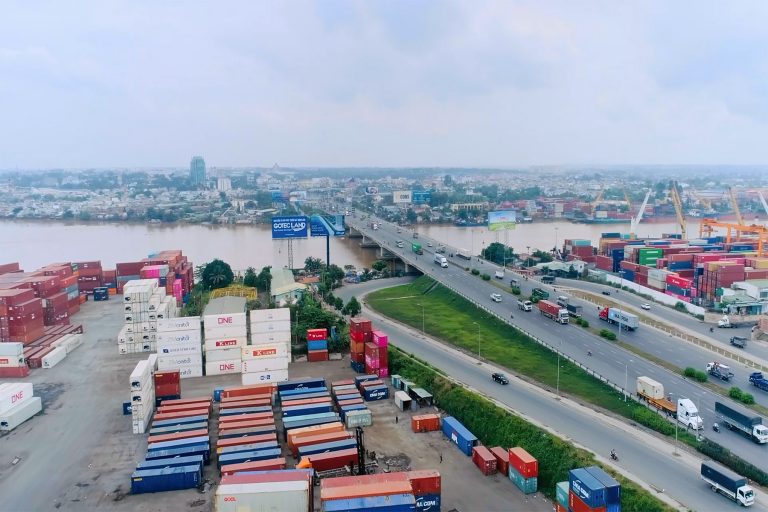[5 min read]
Like other countries, Vietnam’s building materials industry is experiencing a slowdown due to the impact of COVID-19 and consumers cutting back on spending. Nevertheless, the pandemic is expected to be a temporary disruption as Vietnam’s urbanization rate is relatively low compared to other countries in the region, which leaves room for the country’s building materials industry to grow further.
Potential growth of Vietnam’s building industry
According to the General Census of Population and Housing 2019, Hanoi has a population of roughly eight million with an average living space of 26.1 square meters per capita. Meanwhile, Ho Chi Minh City has a population of nine million with an average living space of 19.4 square meters per capita. The total area of housing in demand annually is about 4.7 million square meters for Hanoi and about four million square meters for Ho Chi Minh City.
With an average population growth rate of about 2.2% in Hanoi and Ho Chi Minh City, the demand for home construction in these two cities is anticipated to continue to rise.
In addition, waves of investment from large real estate corporations are flowing to neighboring provinces. According to a residential property market report in 2019 and forecast for 2020, housing prices in Dong Nai, Binh Duong, Ba Ria-Vung Tau and Long An should increase in the near future
However, as reported by Ministry of Construction, the urbanization rate in Vietnam stood at 34.4% in 2019 — much lower than the global average level of 50%. As such, there is plenty of opportunity for the building materials and construction industries in Vietnam to develop.
Moreover, the ongoing US-China trade war has resulted in a significant boom in industrial construction that includes industrial land, ready-built factories and logistics warehouses. According to statistics from the Ministry of Planning and Investment, total inflows of foreign direct investment into Vietnam reached USD26.4bn as of November 2020. This amount includes newly registered capital, additional capital to existing projects and share purchases by foreign investors.
Opportunities for the door industry
According to EuroWindow — one of the leading door manufacturers and distributors in Vietnam — plastic doors are estimated to account for 35% of door usage per household.
Vietnam has become a compelling destination for window and door manufacturers for two reasons:
1. The domestic construction market in Vietnam is still in its early stages of development. In addition, the number of free trade agreements in effect and under negotiation have paved the way for trade to increase between Vietnam and other countries.
2. Due to the fact that door manufacturing is particularly subject to the price volatility of raw materials, companies in this segment often place their factories in countries that have low labor costs to offset the increasing cost of materials.
Which economic region in Vietnam will be most suitable for door manufacturers to set up their factories? Based on our experience in the market — as well as the current production situation in Vietnam — we believe two of the most suitable areas for door and window enterprises are Dong Nai and Long An.
These two provinces are beneficial to door manufacturers due to their comparatively low labor costs vs Vietnam’s other southeast provinces.
Moreover, the Long An International Port — which is expected to be put into operation in 2023 and will have total area of 1,935 hectares and capacity of up to 15 million tons per year — can be an impetus for investment from numerous door companies.
Additionally, Dong Nai and Long An are strategically located close to Ho Chi Minh City (about 60 km away); therefore, businesses can make use of the highly-skilled labor force from Ho Chi Minh City when establishing factories in these two provinces.




